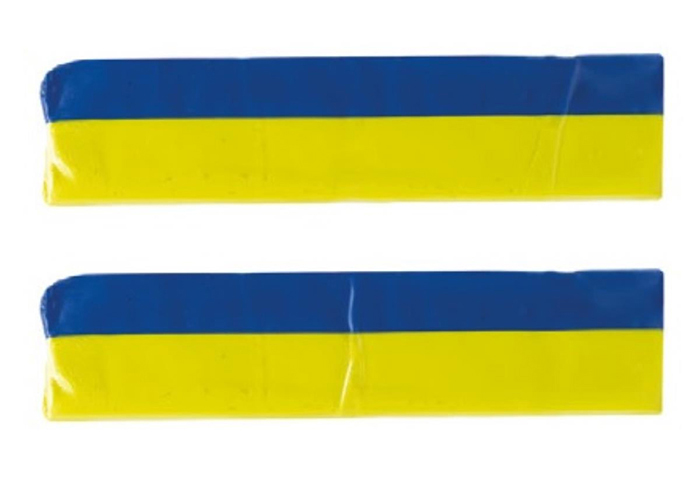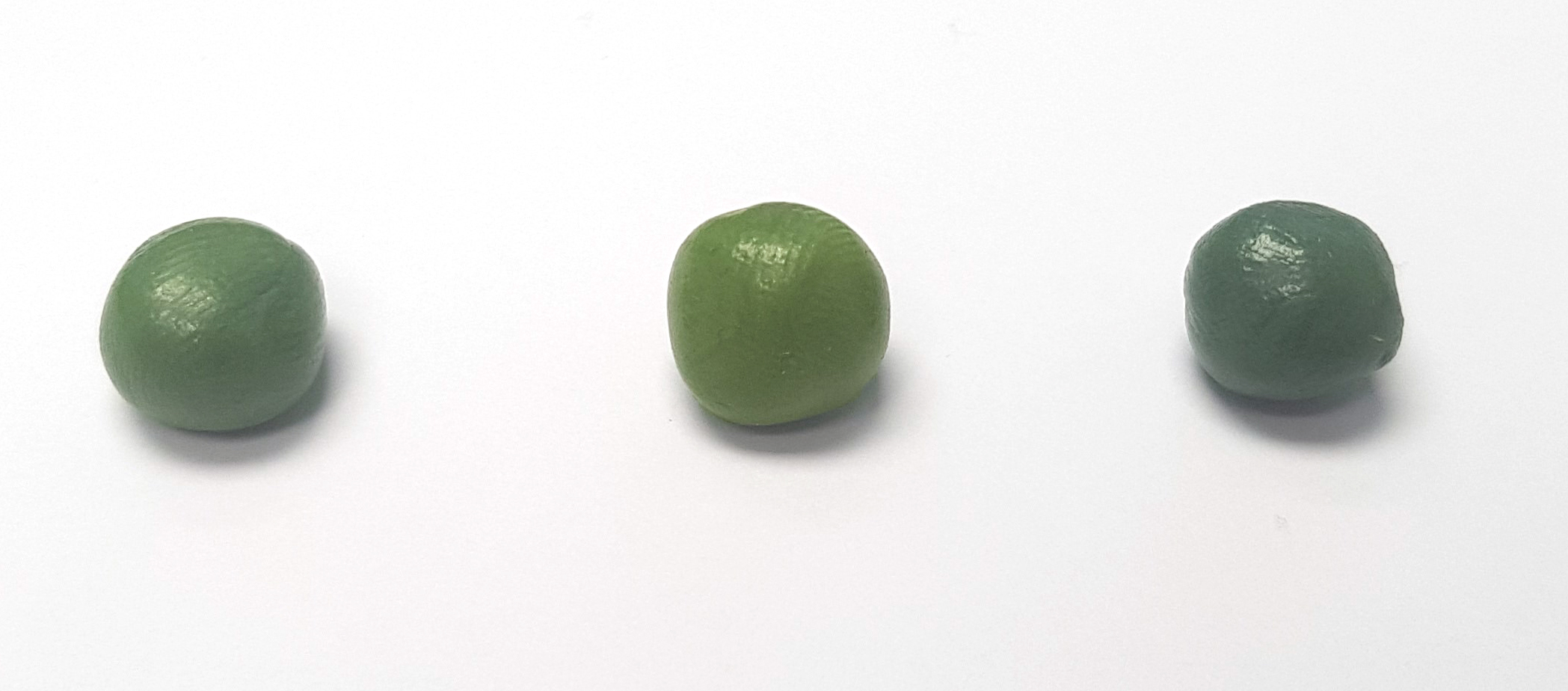

 STUART JORDAN takes a look at this new modelling putty in the Gaugemaster Tools range.
STUART JORDAN takes a look at this new modelling putty in the Gaugemaster Tools range.
'Green Stuff' is two-part modelling putty which has many different uses, including sculpting and filling. I’ve mostly seen it used to sculpt figures for wargaming, but these skills can of course be transferred over to railway modelling – or indeed any kind of model making.

GM579 Green Stuff Modelling Putty
The product ‘as it comes’ is two approximately 10cm long adjoining strips of blue and yellow putty. Malleable on their own, once they are mixed together (and becomes green!) you get around 90 minutes of working time before it sets. Keep fingers and tools wet while working the putty, otherwise it will stick to them.
It cures completely after 24 hours. After that, it can be carved, drilled, and sanded as required. The cured Green Stuff will remain slightly flexible, but not brittle – which means that it is very forgiving when you finish it.

L-R Equal blue/yellow mixture, mainly yellow, and mainly blue.
By varying the proportion of yellow to blue putty, you can create different densities and finishes. More yellow will make the mixture stickier and slightly grainier. This could be useful if you are filling a gap in something like a rockface where the finish isn’t going to be worked too much and needs to look ‘natural’. More blue putty in the mixture gives a harder, denser, less grainy finish. This is idea if you are gap-filling on a kit and might need to sand or file it down.
It’s always best to experiment and test a mixture before-hand, especially if you are new to using Green Stuff. The shade of ‘green’ is an easy way to judge the proportions in the mixture. Here are some examples of what can be done with it - I'm sure there are many more!

Fairly even mix of blue and yellow used for filling a gap in the kit. This can then be cleaned up or filed down, being careful not to damage the detail.

An O Scale weathercock, sculpted out of a fairly dense mixture. The main body was shaped first and left to cure - it was then attached to the toothpick so that it was easier to handle when adding details and paint. The rest of the weathervane will then be scratchbuilt out of plastic parts.

Sometimes foam rocks can get damaged - you can repair them using a mixture of mainly yellow to add a grainy texture. Once this has cured it can be painted and will not be noticeable.
Hopefully, this article about this new addition to the Gaugemaster Tools range - you can see the rest of the range HERE.